
One thing’s for sure—whenever they decide to walk away, their legacies will remain untouchable
Speculation is the essence of cricket gossip, and the debate is now fervent. Will Rohit Sharma and Virat Kohli retire from ODI cricket after the Champions Trophy 2025 final against New Zealand in Dubai?
Rohit and Kohli, at 37 and 36, have already solidified their legacies in the 50-over format. However, with age becoming a factor and a lengthy recovery ahead for Team India, this final might present the perfect opportunity to step away. If they do, they will join a distinguished group of Indian legends who retired following an ICC event.
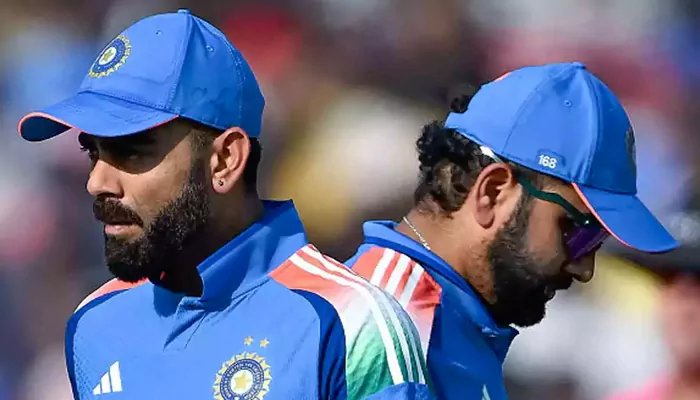
Credit: Economics time
Let us travel back in time to discover which Indian legends used an ICC event to bid farewell.
A warrior of Indian cricket, Anil Kumble decided to call time on his ODI career after the 2007 World Cup. He had already become a sporadic presence in the 50-over format post-2003, but the leg-spinner featured in four World Cups chose the Caribbean campaign as his final ODI outing.
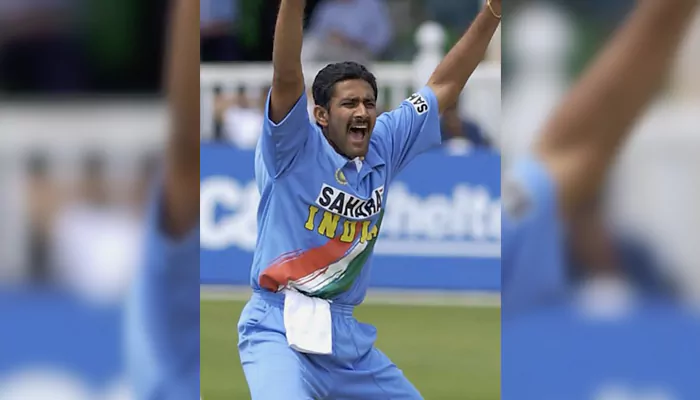
Credit: sportzcraazy
With 337 wickets in 271 matches, ‘Jumbo’ remains India’s most successful ODI spinner.
The backbone of India’s pace attack in the ’90s, Javagal Srinath, hung up his boots after India’s heartbreaking loss in the 2003 World Cup final.
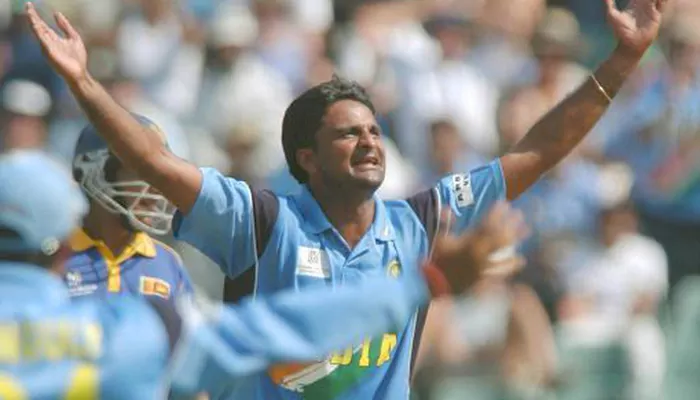
Credit: Sportstar
At 33, he decided it was time to retire, finishing his career with 315 ODI wickets and 236 Test scalps. He remains one of the few Indian pacers to have consistently clocked speeds exceeding 150 km/h.
On a rain-soaked day in Manchester, MS Dhoni’s run-out in the 2019 World Cup semi-final against New Zealand was more than merely a dismissal—it was an ending. The former skipper did not make any official announcement at the time, but he never played another international match after that evening.
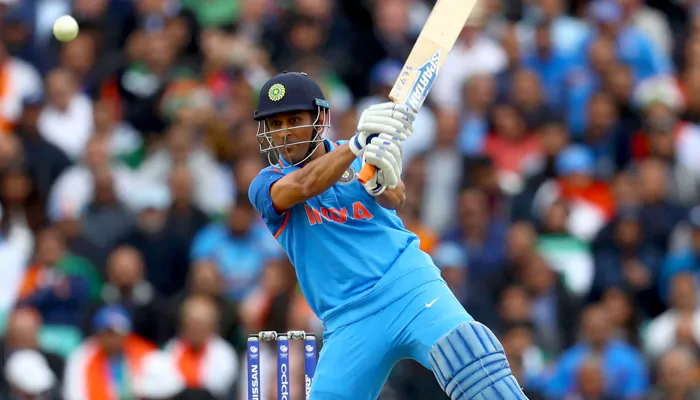
Credit: ICC
On 15 August 2020, Dhoni made it official with a simple social media post. By then, his legacy was unshakable—10,773 ODI runs, three ICC trophies, and an entire generation of cricketers who grew up idolising him.
It had to be him. In the biggest game of all, with a trophy on the line, Virat Kohli turned back the clock one last time in T20 internationals. His 76 off 59 balls in the final against South Africa was not merely a match-winning knock but a perfect farewell to a format he had dominated for years.
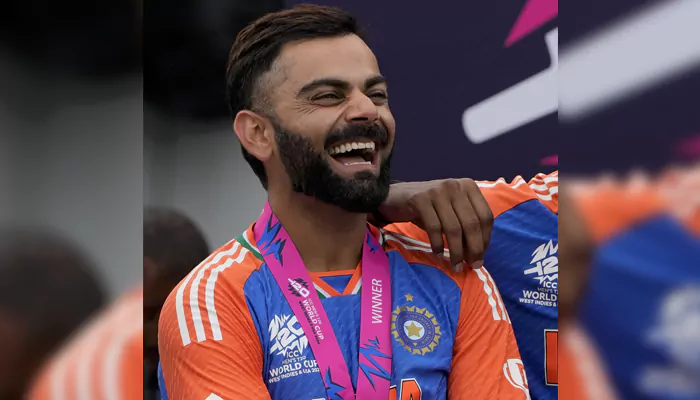
Credit: News18
When he walked off that night, he did so as the second-highest run-scorer in T20I history, finishing with 4,188 runs in 125 matches at an astonishing average of 48.69. His 38 half-centuries remain a testament to his consistency.
India’s most capped T20I player. The format’s highest run-scorer upon his departure. Rohit Sharma concluded his T20I career after guiding India to triumph, securing a World Cup trophy to complement his remarkable captaincy record.
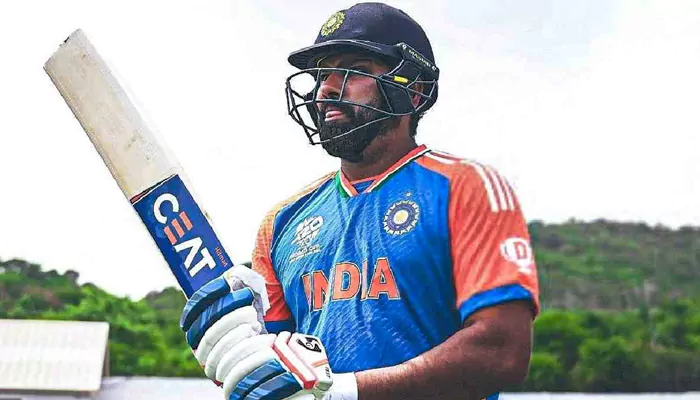
Credit: thepatriot
By the time he played his final T20I, he had accumulated 4,231 runs in 159 matches, including five centuries—the highest by any player in the format.
No dramatic farewell, no grand announcement—just a quiet departure from the T20I stage. That’s Ravindra Jadeja for you. India’s all-rounder played a vital role in their World Cup campaign.
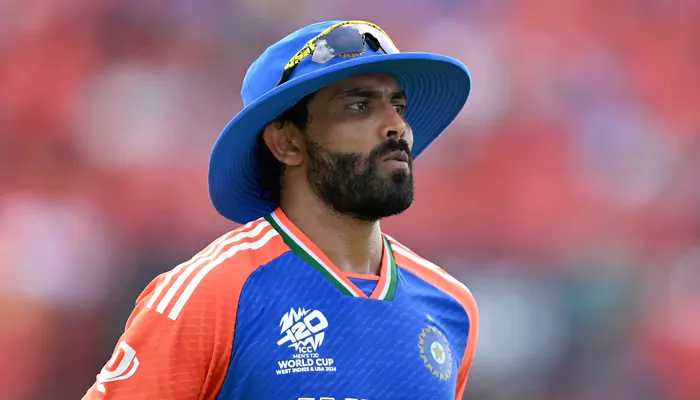
Credit: olympics
By the time he retired, he had appeared in 74 T20Is, taking 54 wickets and scoring 515 runs.